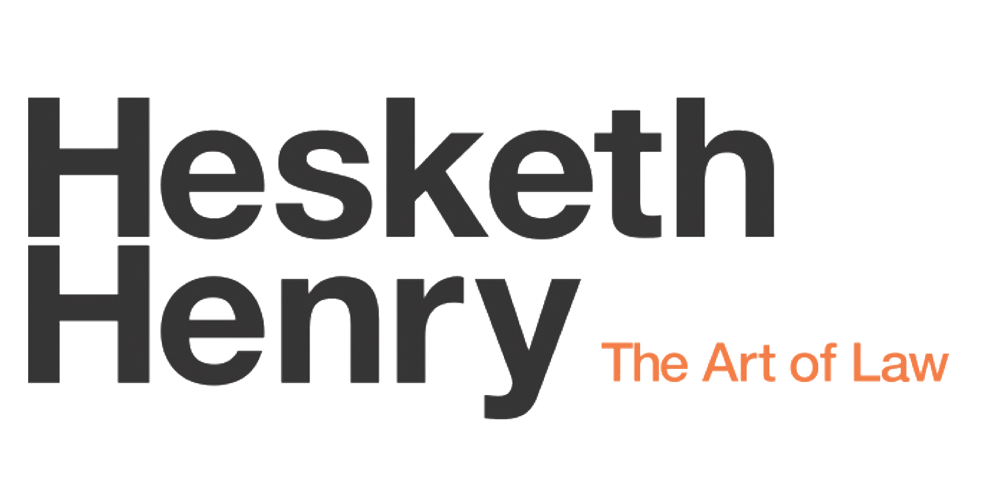
From our partners, Hesketh Henry:
As we slowly venture out into the world, we have noticed some businesses have adopted questionable contact tracing practices. Businesses need to Think! about the competing obligations they are operating under.
Stop Transmission – Health and Safety at Level 2
We are at Level 2. What that means is we are meant to be focused on preventing the spread of Covid-19 by physical distancing; washing our hands; and regularly washing surfaces where people have been. These are basic health and safety obligations. They are required to be a part of every business’s health and safety plan for operating safely at Level 2.
Businesses also need to keep a register of employees and other people entering their premises under the rules for operating at Level 2 but Think! about it. Preventing transmission comes first. Contact tracing only happens if there is transmission.
Businesses, their owners and managers need to Think! about how they safely collect contact tracing information, as do the government departments and consultants helpfully providing forms for customers to fill in.
First and foremost, everybody should be focused on social distancing, washing their hands, and regularly washing surfaces to avoid any community transmission of Covid-19. These are the number one priorities. They are the primary means of preventing the spread of a virus that is understood to be transmitted in droplet form. There have been no signs of airborne transmission, thank goodness!
We know that Covid-19 droplets can survive on surfaces for prolonged periods of time. We know that regularly cleaning surfaces where people have been must be a feature of the health and safety plan that every business must have to be able to operate at Level 2.
In businesses, particularly retail and hospitality businesses (including cafes and restaurants), things like door handles are our primary potential transmitters of Covid-19. Do not make every one of your customers entering your business use a door handle. Instead find a means of keeping your door open or having a staff member open the door and welcome customers in. Think! about how customers can enter safely.
Contact Tracing and Health and Safety
How does this relate to contact tracing?
It is the pen and a common form or book for that matter. Think! What better way to transmit Covid-19 than having all of your customers use the same pen! Surely not, you say. This seems to be an all too common method that businesses are adopting to comply with the contact tracing requirements – and they are. But they are not complying with their health and safety requirements.
If you do not have a high-tech QR code system or similar, have a staff member take the required details. Do not make your customers use the same pen and book to write down their information. It could be the same staff member who takes the order or anyone who is front of house.
Contact Tracing – Privacy
This time it’s the form or the book. Businesses have complex obligations under the Privacy Act 1993. However, in practice it can be quite simple:
- Purpose – a business must let its customers know why it is collecting information about them. It is easy to explain, as businesses are required to collect the information for contact tracing. Put up a sign or tell people. If they refuse, you cannot serve them.
- Collecting information – a business needs to collect information directly from a person with his or her consent.
- Security – once a business has obtained the information, it is required to keep it securely, and to protect each person’s information from being accessed by someone else.
The form or book that requires customers to fill in their details on the same page, one after the other, breaches many privacy requirements. Firstly, all of the information is accessible to everyone else. It is easy to memorise the information of the person just in front of you, or take a photo of the whole page. If the book is at the entrance to your business, it is hardly secure because anyone can take it.
Think! about how the information can be collected in a way that protects privacy.
It could be as simple as:
- A sign that explains why (the purpose) you need to collect the information; and
- The person taking the order asking for the required information first, i.e. staff recording the information and keeping it secure.
- Keeping other people away from where the information is being collected so that it is not likely to be provided to someone else.
What about being overheard? Isn’t that as bad as the book? Think! Get the second in the queue to stand further back, and minimise the likelihood of the information exchange to be overheard. It is certainly a lot better than a book at the front of the business that can be memorised, photographed or taken.
The health and safety forms are useful but only if businesses fill them in, otherwise they are health and safety hazards and breaches of privacy.
These are practical issues that need practical solutions that work for your business. Think!
If you have any questions about health and safety and privacy, please get in touch with our employment team or your usual contact at Hesketh Henry.
Disclaimer: The information contained in this article is current at the date of publishing and is of a general nature. It should be used as a guide only and not as a substitute for obtaining legal advice. Specific legal advice should be sought where required.
